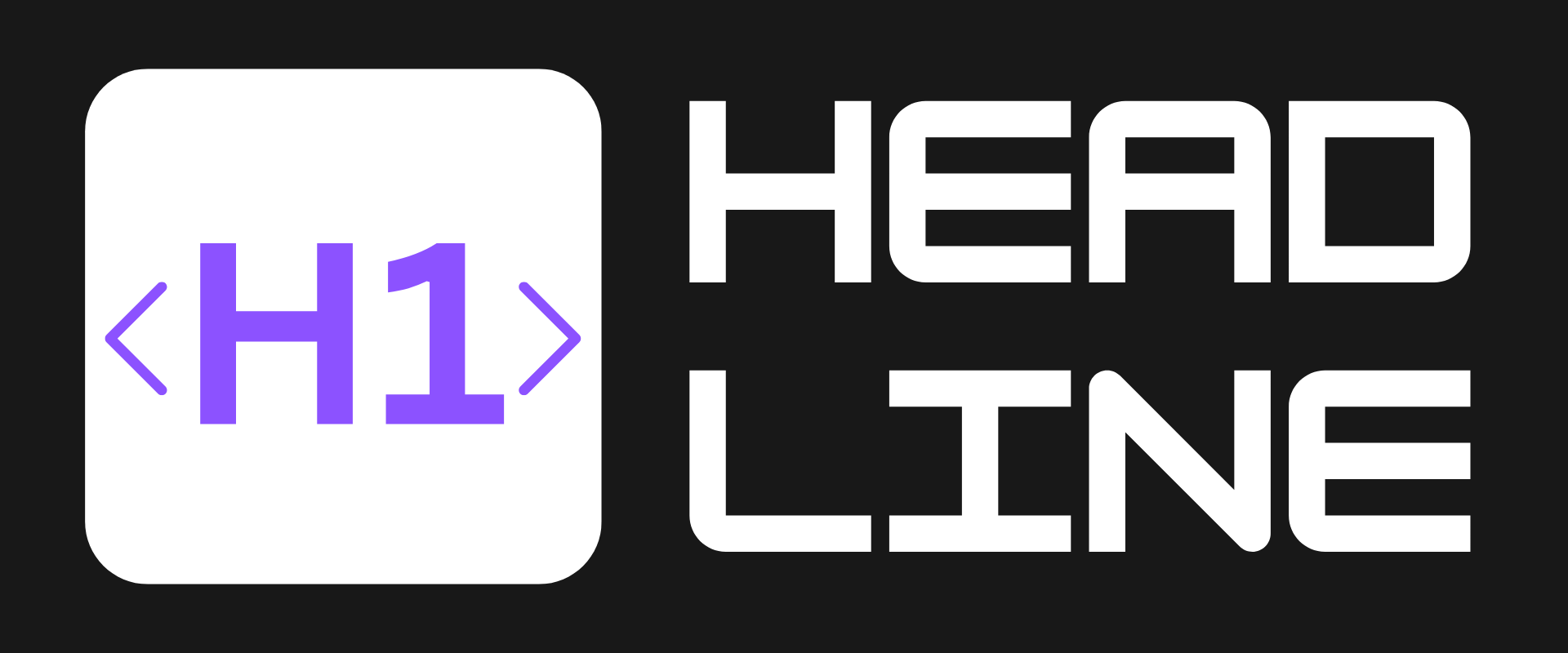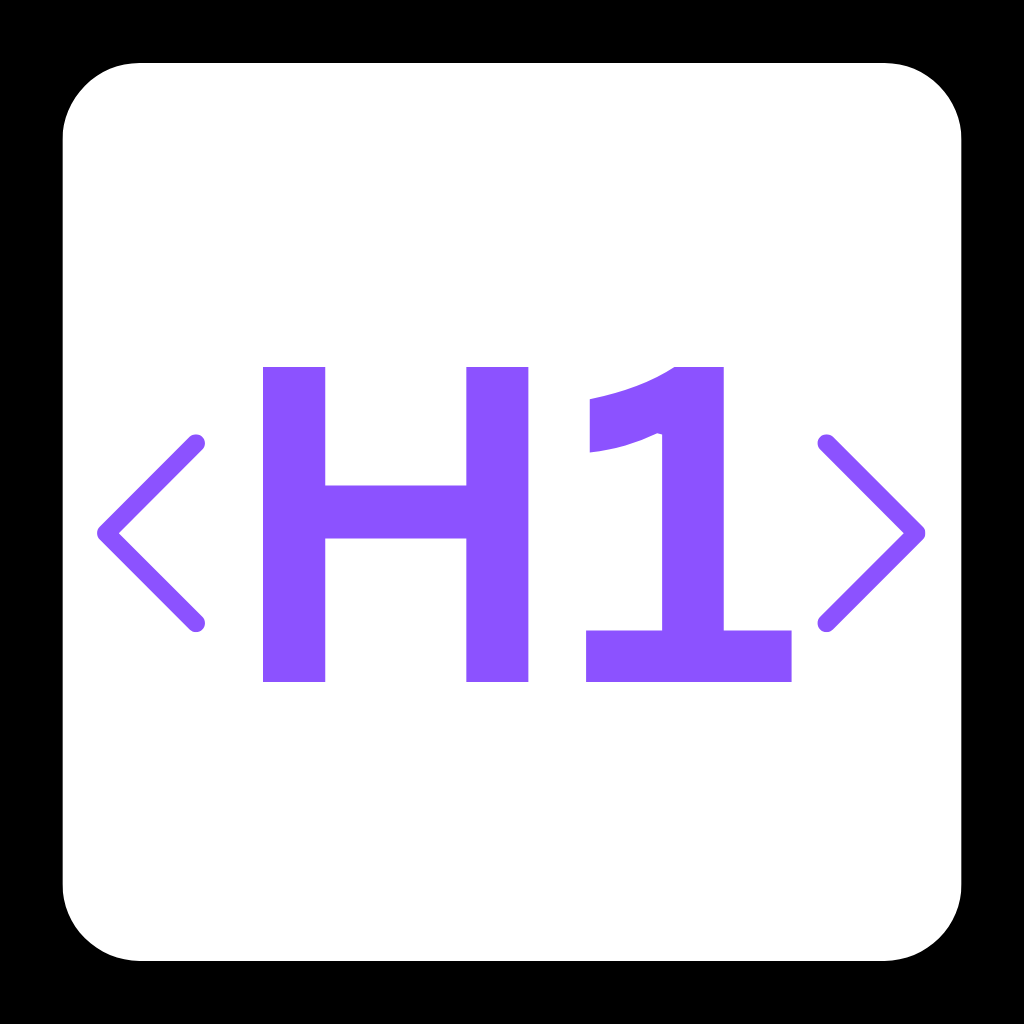Why Are AI-Generated Faces Hijacking the Down Syndrome Community Online?

Fake influencers with AI-generated faces are exploiting disability communities for profit—and real advocates are fighting back. A CBS News investigation revealed over 30 social media accounts impersonating people with Down syndrome, using AI to mimic their appearances, stories, and even fundraising efforts. These accounts amass followers faster than genuine creators, monetizing their fake personas while pushing real voices to the margins. How did we get here—and what’s being done to stop it? Let’s dive in.
🤖 The Problem: AI Exploitation in Plain Sight
- 30+ Fake Accounts Uncovered: CBS News identified AI-generated profiles on Instagram, TikTok, and YouTube using deepfakes, faceswaps, and stolen advocacy language to pose as people with Down syndrome.
- Monetizing Misrepresentation: One account with 130K followers promoted adult content, while another falsely claimed to fundraise for the National Down Syndrome Society (NDSS).
- Hijacking Hashtags: Imposters use #DownSyndrome and #DownSyndromeAwareness to infiltrate supportive communities, posting emotionally manipulative captions like “A girl with Down syndrome can also go clubbing to flirt!”
- Silencing Real Voices: Authentic advocates like Alex Bolden (24K Instagram followers) see impersonators gaining similar followings in months—without the lived experience.

✅ Proposed Solutions: Can Platforms Step Up?
- Policy Enforcement ✅ Meta, TikTok, and YouTube removed flagged accounts after CBS’s inquiry, citing violations of community standards.
- Collaboration with Advocates ✅ NDSS urges platforms to prioritize human review and partner with disability organizations to identify AI-generated impersonators.
- Transparency Requirements ✅ Mandating clear AI disclosures (currently rare) could help users distinguish real creators from fakes.
🚧 Challenges: Why This Isn’t Going Away
- AI’s Relentless Output ⚠️ Fake accounts generate content 24/7, outpacing human creators who need rest. As NDSS CEO Kandi Pickard notes, “Even if one account is banned, another pops up.”
- Blurred Lines 🚧 Subtle AI distortions (e.g., blurry faces) often go unnoticed until damage is done. One fake fundraiser racked up donations before NDSS exposed it.
- Reactive, Not Proactive ⚠️ Platforms rely on user reports rather than preemptive detection tools, leaving marginalized groups to exploitation.

🚀 Final Thoughts: A Call for Authenticity
While platforms have removed some offenders, the battle is far from won. Success hinges on:
- 📈 Proactive AI Detection: Investing in tools that flag synthetic faces and stolen narratives.
- 🤝 Centering Real Voices: Amplifying creators with Down syndrome, not algorithms that profit from their likenesses.
- 🎯 Ethical Guardrails: Should AI-generated disability content be banned outright? Or is disclosure enough?
As Alex Bolden, a self-advocate with Down syndrome, put it: “Those are our stories. Don’t let AI steal them.” What do you think social media companies should prioritize?
Let us know on X (Former Twitter)
Sources: Alex Clark. Why people are using AI to fake disabilities like Down syndrome online, 2025-05-07. https://www.cbsnews.com/news/ai-fake-disabilities-down-syndrome-social-media/










